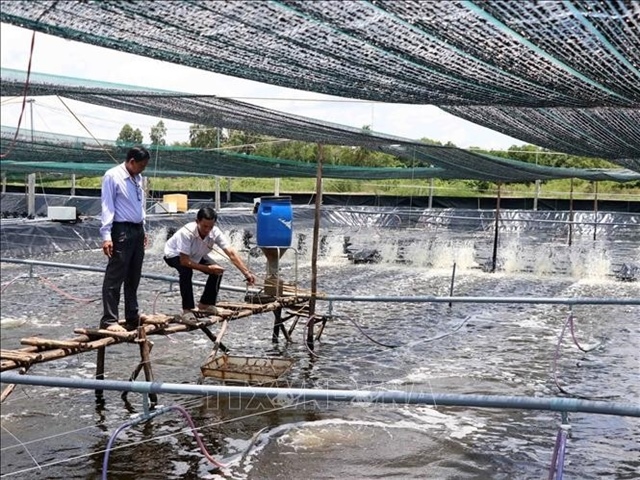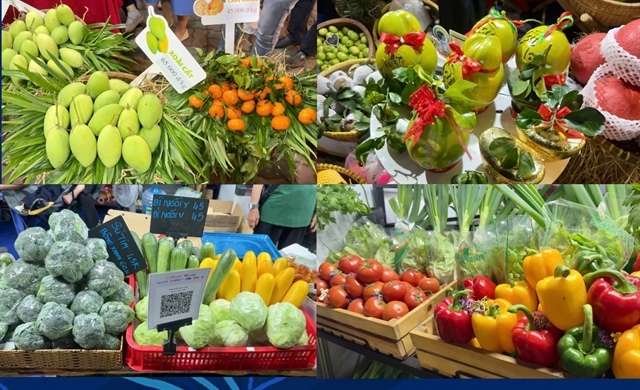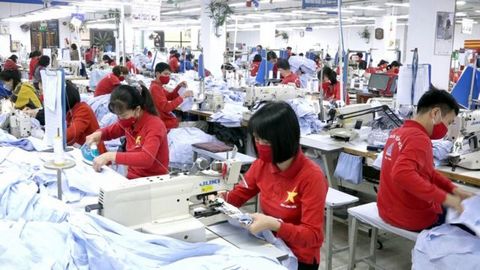Exports to Canada up despite obstacles
Exports to Canada up despite obstacles
Vietnam’s exports to Canada will likely exceed US$6 billion in 2022, possibly growing 20 percent, the Vietnam Trade Office in Canada forecast based on the first-half-of-2022 bilateral trade data.
Trade surplus
Data from the Vietnam Trade Office in Canada show that in the first half of 2022, Vietnam exported more than it imported from Canada, earning export revenue of US$3.24 billion, up 32.1 percent from the same period last year. Ten major Vietnamese exports to this market experienced double-digit growth. Metals and metal products surpassed cashews to become top-10 Vietnamese exports to Canada, increasing up to 93.2 percent over the same time in 2021.
Canada is one of the 11 member nations of the Comprehensive and Progressive Agreement for Trans-Pacific Partnership (CPTPP), which has created a great impetus for Vietnam's import and export activities by zeroing out many customs tariffs.
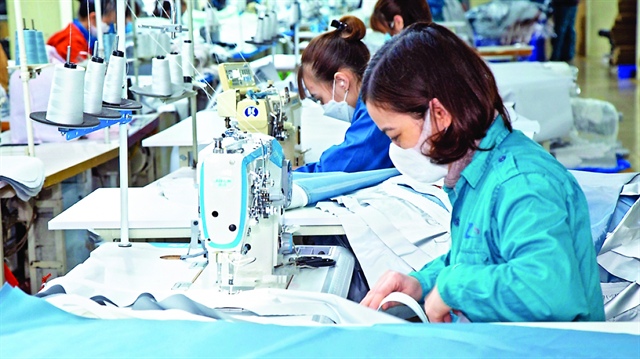
Textile and garment exports to Canada experienced high growth in 2022 |
Tran Thu Quynh, representative of the Vietnam Trade Office in Canada also attributed the increased trade surplus to Canada’s growing demand in the post-COVID-19 period for clothing, footwear, toys, bags, hats and umbrellas that Vietnam makes. Inflation and reduced import tariffs have made it easier for Vietnamese businesses to export farm produce and seafood to Canada.
However, Vietnam's exports to Canada are expected to grow less than 20 percent in 2022 compared to 2021 for a variety of global economic reasons.
While it reduced chemical and plastic imports from countries worldwide, Canada increased imports of these products from Vietnam. But phone and components and other electronic exports to Canada have slowed due to slower production by foreign-invested factories in Vietnam as a consequence of component and part shortages, as well as falling consumer demand.
Increased petroleum prices and transportation costs have also delayed port-based cargo stevedoring in Canada due to the lack of workers, eroding the competitiveness of Vietnamese goods compared to those provided by Southern American exporters.
Vietnam's imports from Canada have decreased, with 10 of 20 key imports declining – ores and minerals (down 88.4 percent), plastic raw materials (down 11.7 percent), textile and garment accessories (down 31.9 percent), iron and steel (down 16.6 percent), wood and wood products (down 47.8 percent), wheat (down 76.6 percent), base metals (down 48.2 percent), pharmaceuticals (down 18.9 percent), and computers and components (down 89.8 percent).
Decreasing supply and growing transportation costs are likely to make it harder for Canada to maintain its 2021 import value in 2022.
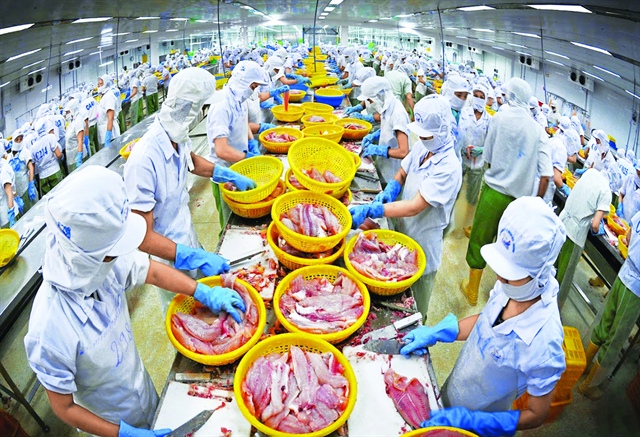
Seafood exports to Canada are expected to grow well in the remaining months of this year |
Diversifying supplies
Quynh forecast unpredictable developments for future bilateral trade. Vietnamese textile-garment, leather-footwear and furniture exports to Canada (accounting for 35 percent of the country’s export value to Canada) are unlikely to maintain a high growth in the last months of 2022 due lower purchasing power and decreasing consumer confidence, she said. However, seafood, iron and steel, plastic raw materials and chemical exports are expected to grow well in the remaining months of 2022, she added.
Canada still needs to diversify its supply sources, while Vietnam is a signatory of various free trade agreements (FTAs) that offer important supply sources. For example, Canadian brands could be made with Vietnamese materials in Vietnam for export to a third country. Accepting outsourcing offers opportunities for Vietnamese enterprises to earn foreign currency, gradually shift to larger scale production and intensive processing, and develop marketing and branding.
The two countries can also cooperate to add value to agricultural production through exchanging post-harvest preservation, processing, export packaging and other services.


